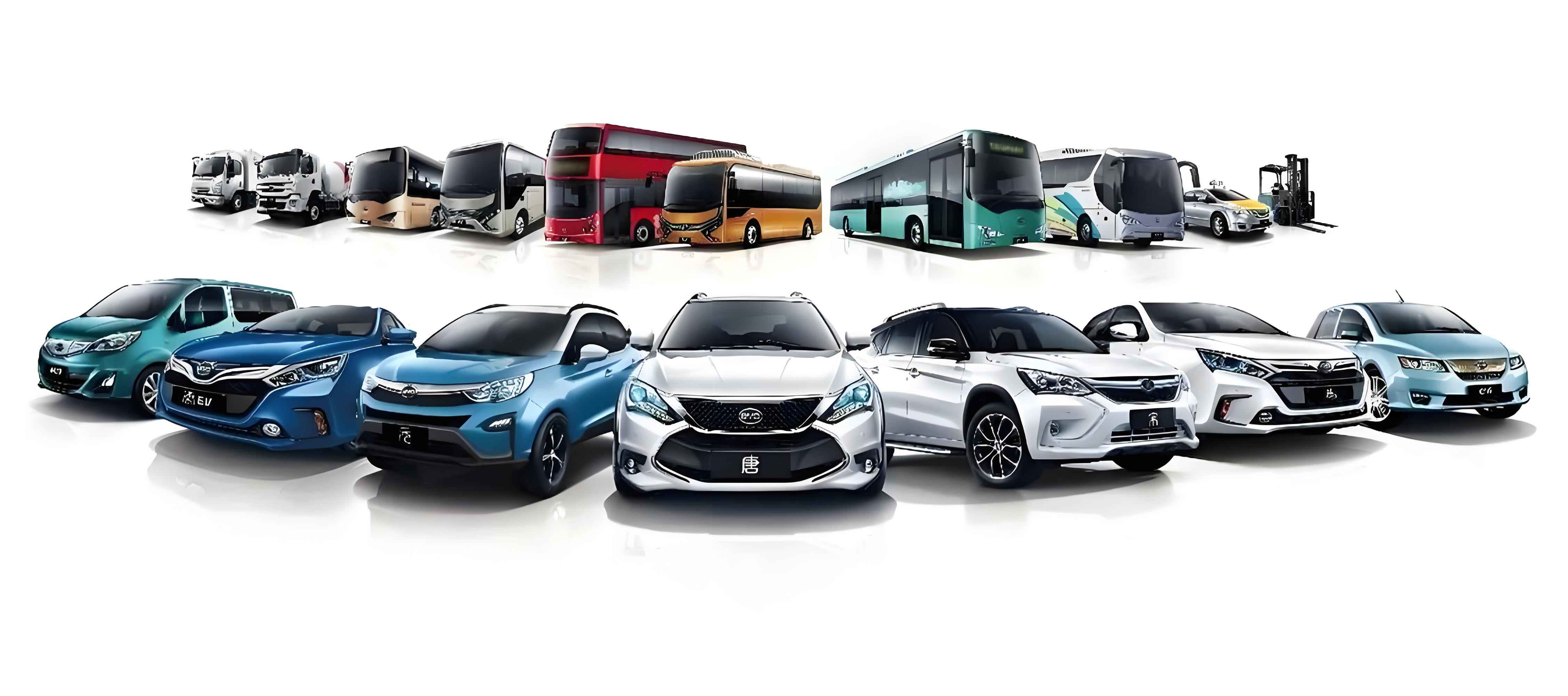As the world accelerates toward a sustainable future, the rapid expansion of the electric vehicle market has become a central pillar of global decarbonization strategies. Nowhere is this shift more evident than in China, where policy ambition and consumer behavior are aligning to create one of the most dynamic EV landscapes in the world. A recent study conducted in Jinan, a key industrial and economic hub in Shandong province, offers a revealing look into the purchasing decisions shaping the future of China’s EV car industry.

The research, based on a comprehensive survey of local residents, highlights several critical trends that are defining how Chinese consumers perceive, evaluate, and ultimately adopt new energy vehicles. Among the most striking findings is the high level of awareness: 92% of respondents reported familiarity with new energy vehicles, a category that includes battery electric, plug-in hybrid, and fuel cell vehicles. This suggests that the foundational knowledge required for mass adoption is already in place.
But awareness alone does not drive sales. The study identifies three dominant factors influencing purchase decisions: vehicle price, performance, and personalized design. Among these, price emerged as the most powerful determinant. This reflects a practical, value-driven mindset among Jinan consumers—one that favors affordability without compromising on quality or aesthetics. Interestingly, these preferences tilt strongly in favor of domestic brands. Models from manufacturers like BYD, which offer competitive pricing and increasingly sophisticated technology, are perceived as better aligned with local purchasing power than premium international brands like Tesla.
This consumer behavior underscores a broader pattern seen across many second- and third-tier cities in China: the China EV car market is not monolithic. While major metropolitan areas may see stronger penetration of high-end models, regional markets like Jinan are driving volume through accessibility and value. The average intended budget for a new energy vehicle among those surveyed fell between ¥50,000 and ¥100,000—a range that positions domestic brands as clear frontrunners.
The demographic breakdown further refines this picture. The typical potential buyer of a China EV car in Jinan is a woman between 24 and 29 years old, often employed in corporate sectors. This contrasts with current owners, who are predominantly men aged 36 to 41. The shift toward younger female consumers suggests evolving perceptions of EVs as practical, economical, and stylish—an everyday tool for urban mobility rather than a luxury or statement product.
Policy incentives also play a crucial role. Among the various supports offered by municipal and national governments, exemption from license plate restrictions and direct purchase subsidies ranked highest in consumer preference. These measures directly reduce both financial and administrative barriers to ownership. Yet, despite broad awareness of such policies—83.5% of respondents were familiar with them—there remains a gap between policy awareness and policy impact. This indicates that more targeted communication and simplified application processes could enhance their effectiveness.
Beyond cost and policy, the study also delves into the emotional and perceptual drivers behind EV adoption. An overwhelming 98% of respondents believe that new energy vehicles have strong development potential. Hybrid models were viewed particularly favorably, likely due to their ability to mitigate range anxiety while offering improved fuel efficiency. However, nearly half of those surveyed remain uncertain about whether EVs can fully replace traditional internal combustion engine vehicles. This ambivalence highlights the ongoing need for technological reassurance—particularly regarding battery life, charging speed, and infrastructure reliability.
Infrastructure, indeed, remains a critical piece of the puzzle. The availability and convenience of charging stations directly influence consumers’ willingness to transition to electric mobility. In Jinan, as in many developing cities, the density of charging infrastructure is still growing. The study points to time cost—calculated based on average hourly wage and waiting times at charging points—as a significant component of the total cost of ownership. Reducing this time burden through smarter infrastructure planning and faster charging technology could significantly boost consumer confidence.
From a macroeconomic perspective, the growth of the China EV car sector is closely tied to regional development strategies. Jinan, as a pilot city for Shandong’s “old and new kinetic energy conversion” initiative, represents a testing ground for industrial modernization and green transition. The city’s strategic location within the Bohai Rim economic zone and along the Beijing-Shanghai economic axis further amplifies its importance as a barometer for regional EV adoption.
The implications of these findings extend beyond Jinan. They offer a mirror to similar markets across China and in other emerging economies where cost sensitivity and infrastructure readiness shape the pace of electric mobility uptake. For automakers, the message is clear: success in the China EV car market requires a dual strategy of technological innovation and price accessibility. For policymakers, it underscores the need to harmonize infrastructure development with consumer-friendly incentives.
Moreover, the study suggests that secondary markets—such as used EVs and car-sharing platforms—could serve as important levers for broadening consumer access and experience. These channels allow potential buyers to engage with EV technology at lower risk and cost, thereby building trust and familiarity over time.
In summary, the evolution of the China EV car market is being driven from the ground up—by consumers like those in Jinan who are pragmatic, informed, and increasingly conscious of both economic and environmental values. Their preferences are shaping an industry that is not only growing in scale but also in sophistication. As domestic brands continue to rise and policies become more finely tuned, the China EV car market is poised to remain at the forefront of the global electric transition—a testament to the power of local insights in driving global change.
The journey toward full electrification is complex and multifaceted, but with continued alignment between policy, industry, and consumer needs, the future of mobility in China looks not only green but also inclusive, resilient, and unmistakably electric.